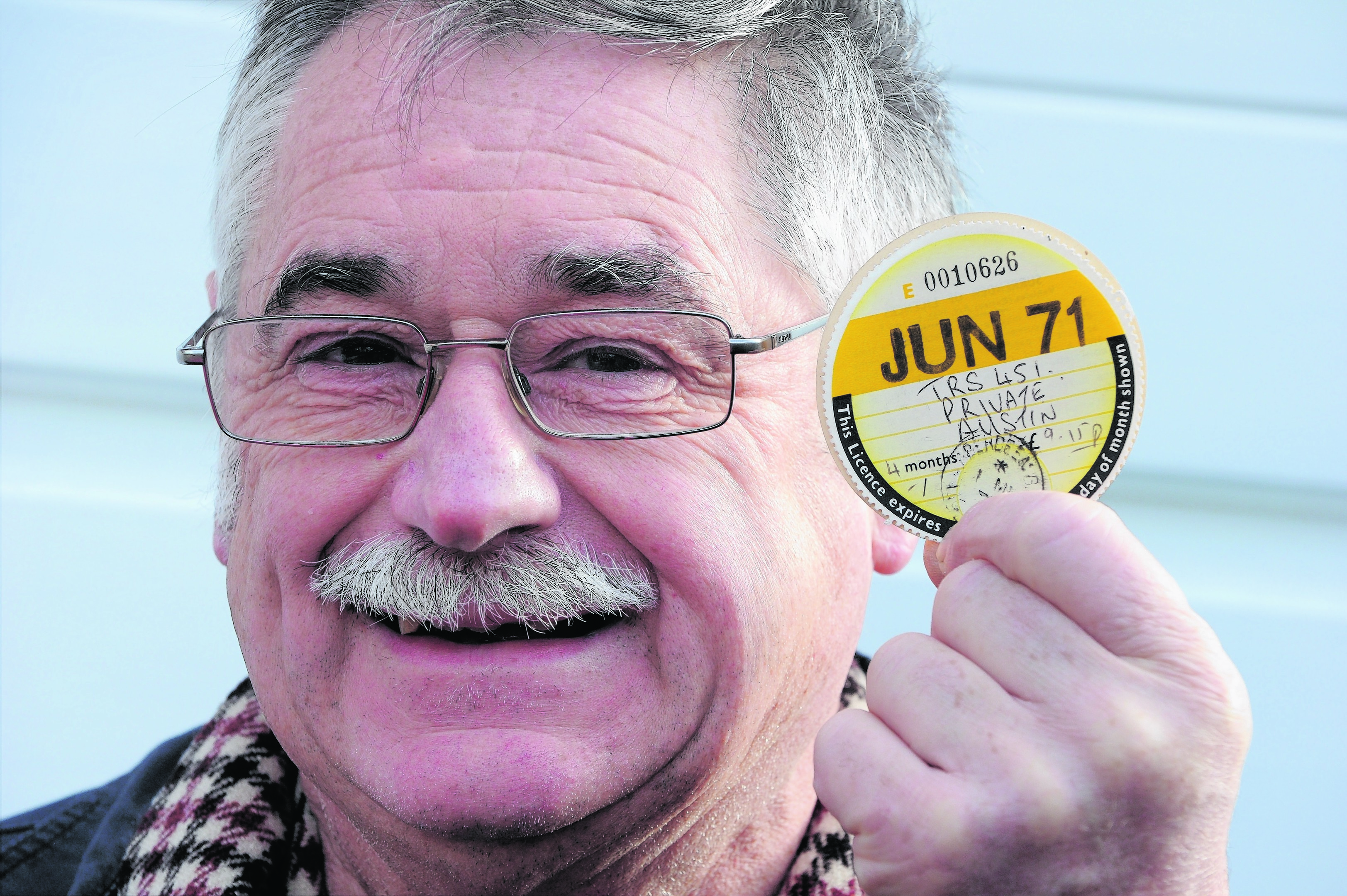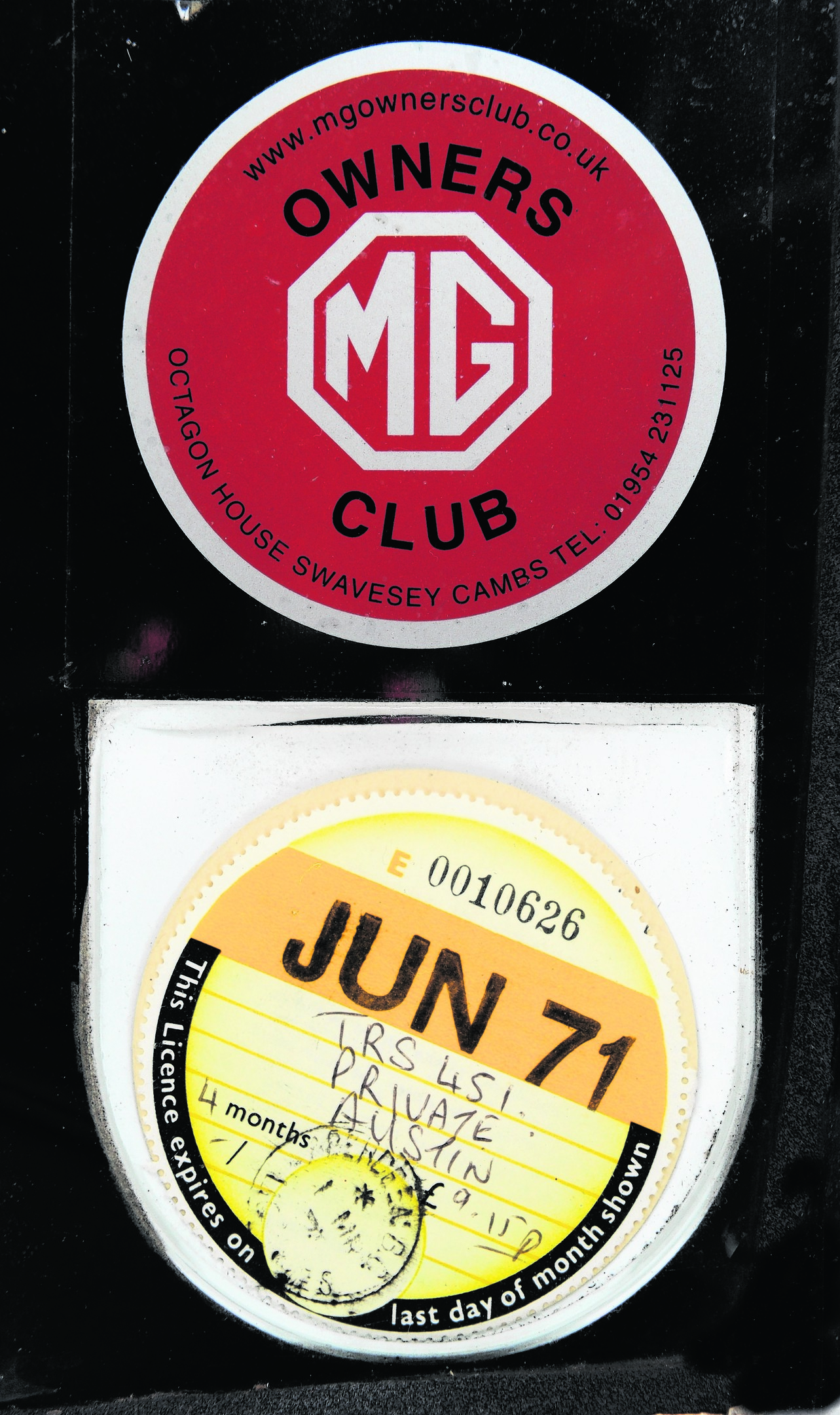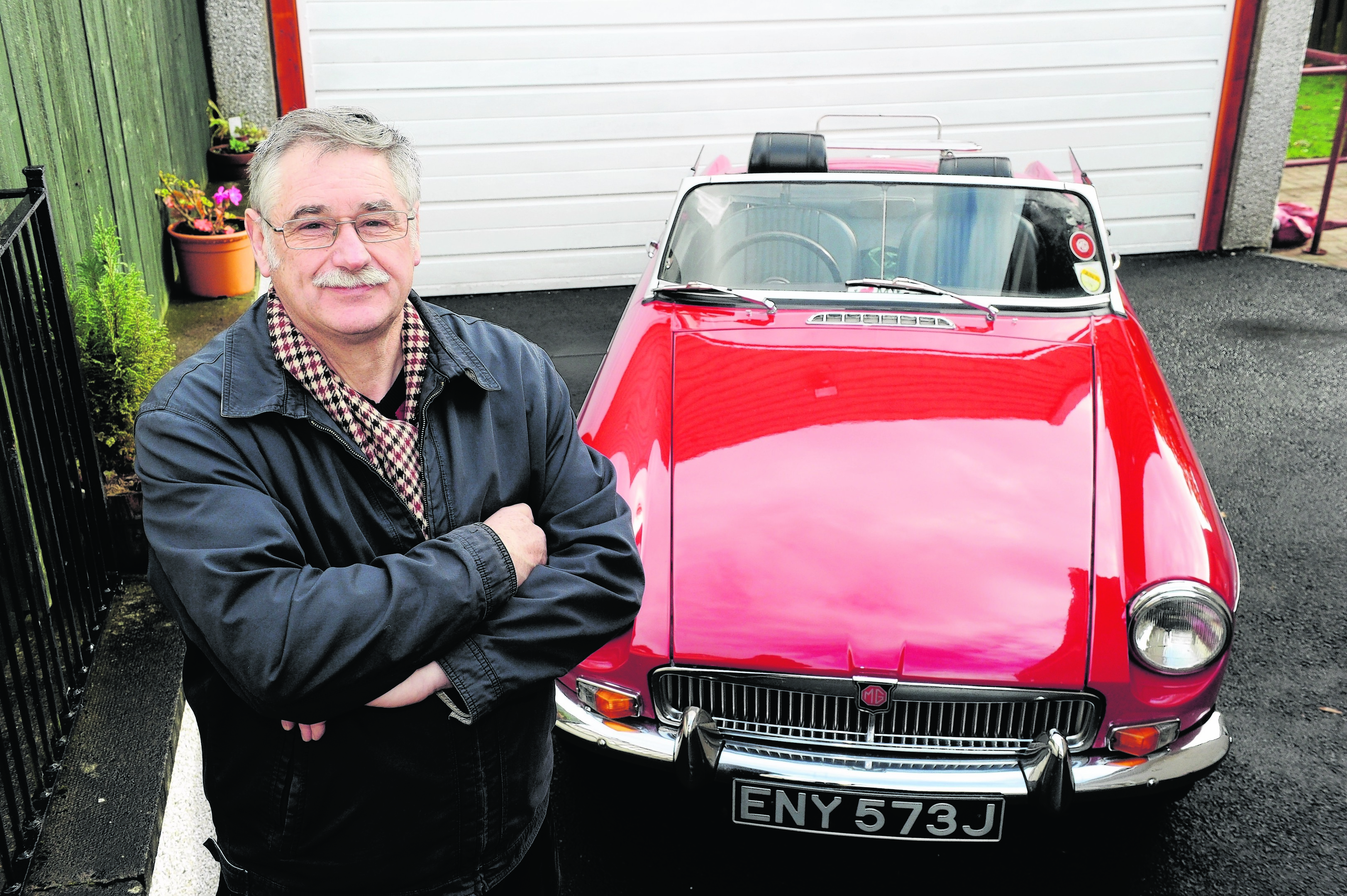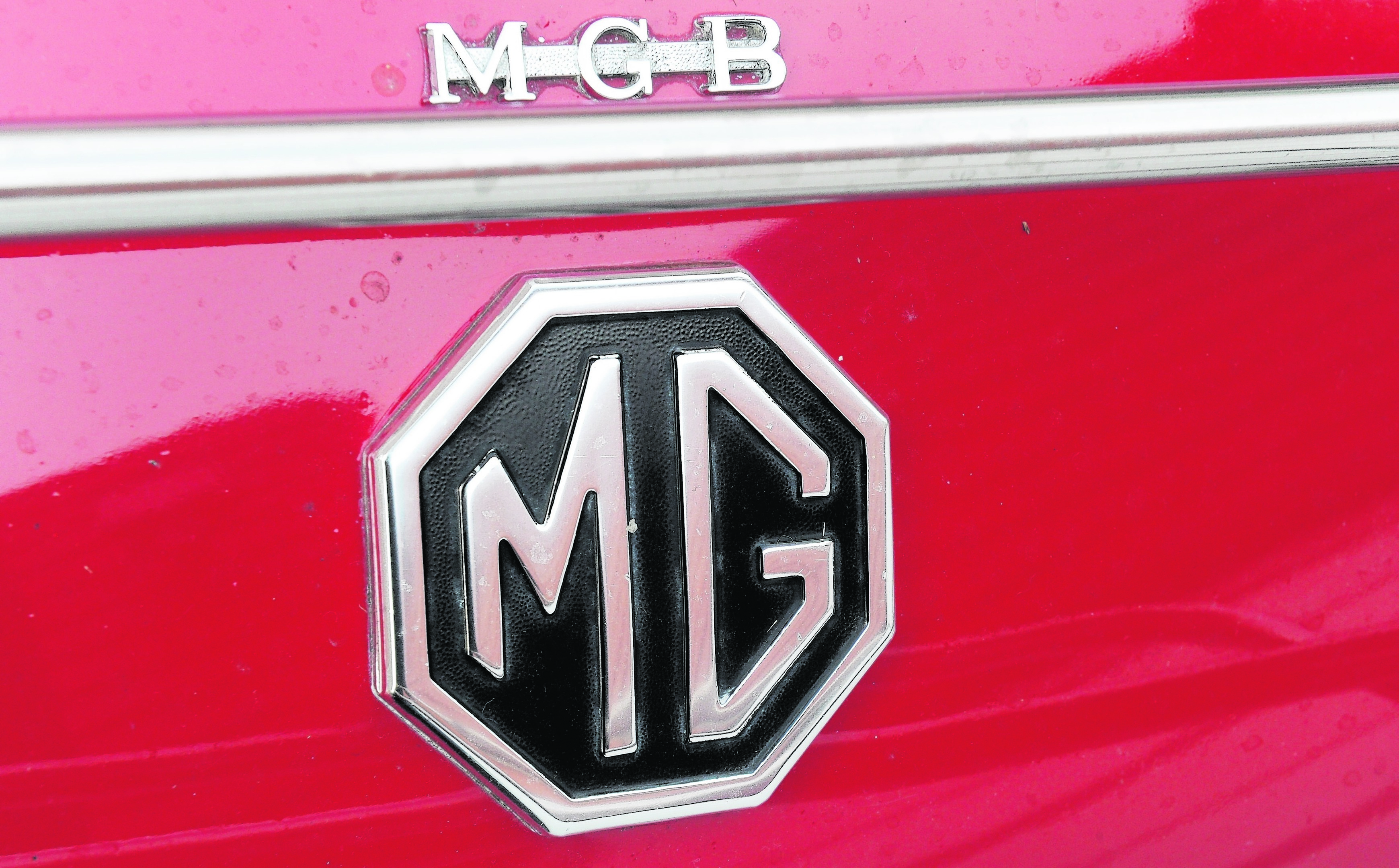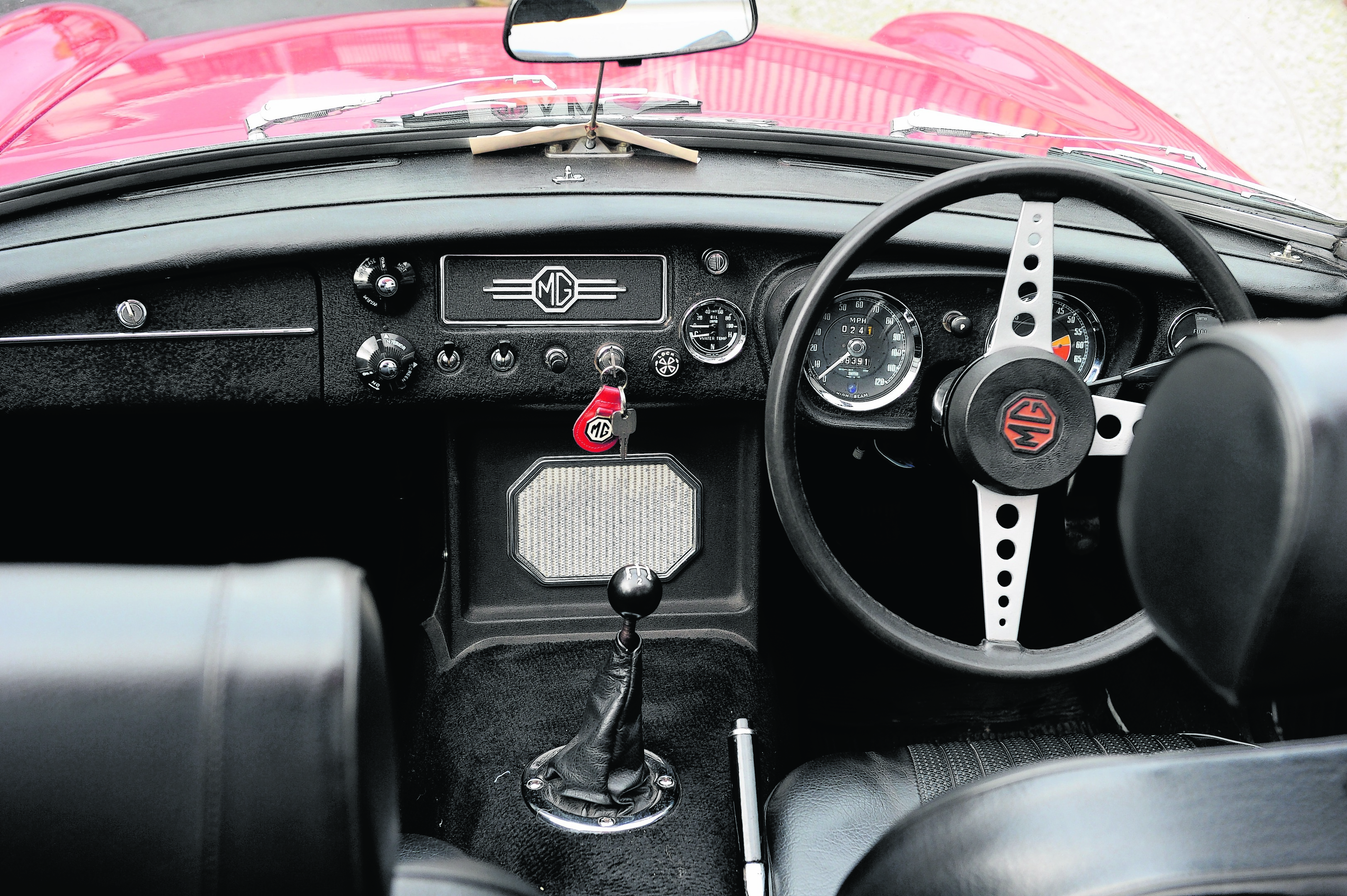Are tax discs the new must-have collectors item? Cheryl Livingstone finds out more.
The tax disc adorned the windscreens of vehicles across the country for 93 years.
But on October 1, its reign came to an end and was replaced by electronic records that will use police cameras to check number plates and catch owners who have not paid.
The change in legislation means the tax disc is now worthless – or perhaps not.
While they may have vanished from our windscreens, the discs have begun popping up online and selling for surprising amounts.
Earlier this month, a new record was set for the most expensive tax disc by a three-month example from September 1921 that started at £230 and sold for £1,087.80. The previous record was held by the sale of a disc from the same year at £810.
So could your tax disc be worth something? Well, Tony Hill, author of Trade and Collect Tax Discs, said that in 10 years the discs would have increased in value – but that thanks to the scale of production most discs would not be worth more than a few pounds.
He said: “The very last disc to be issued is worth keeping. That is an expiry date of September 2015. Other than that, in 2015 and 2014 there are just so many they are not rare – unless there’s a quirky issue – and need to be in very good condition with no tears to be worth a few pounds or more.”
One edition that could get you a few hundred pounds is a temporary tax disc that was issued in the 1970s.
A postal strike in 1971 meant that the supply of printed discs became restricted and motor taxation offices had to use emergency discs for one month.
“They are quite hard to find but not extremely rare,” Mr Hill said.
“One of these discs in good to very good condition would be worth around £75 if it has had the selvedge removed (the paper surround) but would be worth at least £175 and probably would fetch about £350 in today’s crazy market.”
That value came as a complete surprise to Mike Park, who does own one of these temporary tax discs from June 1971.
He said selling it or looking into its valuation was not something he had ever considered.
“I just kept it because it was different from anything that had gone before,” added the 64-year-old, from Bridge of Don, Aberdeen.
Also among his vintage collection is a 1971 MGB Roadster, which he has owned since 2008.
There are many reasons why it’s no surprise that Mike would end up with a car of this marque, starting with his initials.
“My initials are MG, M.G. Park,” he said.
“My father had MGs, as did his brother, my uncle, so it’s like a lineage thing. He’s had them, I’ve had them and my son has had his own MGs as well. It’s three generations now.”
The first one he owned was an MG 100 back in the 1970s, followed by a 1983 MGB and finally a 1953 MG TD, which he had up to 2007.
He eventually had to sell that car due to a bad illness but, when he recovered, and with an empty garage, he decided to buy another MG.
Mike spotted an advert for the red roadster in the Press and Journal and bought it from an Aberdeen businessman. The car wasn’t in the best of condition, though, thanks to the work of a garage.
He said: “The previous owner was non-mechanically minded so he got all the repairs done at a garage and they made a bit of a hash of it.
“So when I bought it, I had a lot of undoing of their faux pas as a result. I had everything done to it, including repairs to the bodywork and electrical work. It’s not a complete restoration but a rolling restoration.
“I served my time as a motor mechanic back in the 60s, so the motor trade has been in my life since I was a teenager, and the classic cars that are now were the cars that were around when I served my time.
“You stay with the things you are used to. That’s the connection there.”
Nowadays, the car is used for summer outings, including trips to rallies, something Mike has been doing since 1990.
He added: “With the TD, when I sold it, it had 73 awards which had been amassed over 19 years of ownership.”
First car…
1956 Austin A50 Cambridge
Dream car…
Rolls-Royce Silver Cloud II
